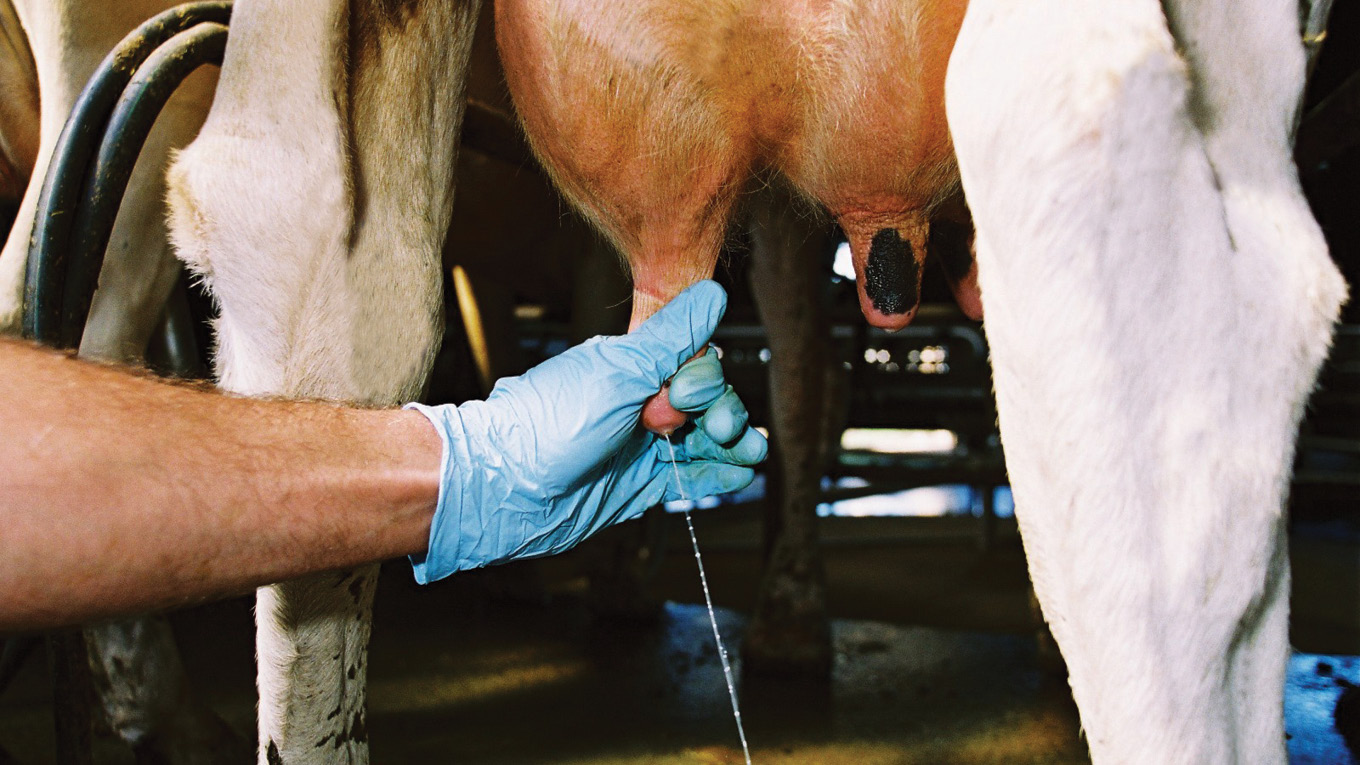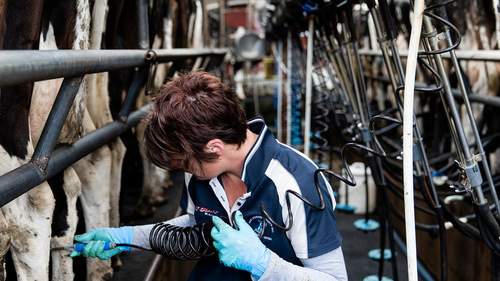Dairy Hygiene
Consumers in Australia's competitive domestic and export markets are demanding higher quality dairy products. Meeting these demands requires a high-quality raw milk material. This consumer pressure is passed on to the dairy farmer through:
- Legal requirements to meet basic food safety standards
- Trade regulations and market access requirements
- Incentive payments or penalties based on milk quality
- Product specification requirements.
Microbial contamination is a major cause of poor quality milk. One of the main sources of contamination is associated with poor milking machine hygiene, resulting from an ineffective cleaning program and/or cleaning method.
Milk quality is determined on the following parameters:
- Colour and texture
- Flavour and odour
- Composition
- Nutritional value
- Manufacturing or processing properties
- Presence of any abnormalities, such as high numbers of somatic cells, blood
- Contamination by foreign substances, such as bacteria, bacterial enzymes, antibiotics, chemicals, soil
Milk quality is affected by many factors including cow diet, health and teat contamination and the harvesting, handling and storage processes. When multiple factors are involved, negative effects can be compounded. For example, poor dairy hygiene can increase the bacterial load entering the milk during the harvesting process.
Slow and ineffective cooling of the milk will provide conditions conducive to bacteria growth, leading to high bacterial numbers and poor quality milk.
The quality of milk greatly affects its processing capabilities and the quality of the end products. Poor quality milk can result in:
- The need for longer and more complex handling and processing procedures
- Lower product yields
- Increased wastage and costs
- Reduced flexibility in the types of products that can be produced
- Off-flavours in products
- Discolouration of products
- Shorter product shelf life
- Inhibition or destruction of starter cultures
- Reduced or restricted access to markets
- Lower sale prices for products
- Reduced customer demand
- Negative customer feedback
When there is an infringement of one or more quality parameters, an investigation is initiated.
The Australian Dairy Hygiene Handbook contains clear and consistent information and training resources on dairy hygiene relevant to Australian conditions. It was developed by Dairy Australia.
New Countdown Resources
The following two resources were built with input from the Australian Milk Quality Steering Group in early 2022. They are designed to assist farmers with the key management areas to maintain milk quality in terms of mastitis control, residues and dairy hygiene. To order hard copies of either of these resources, please e-mail Stephanie Bullen at stephanie.bullen@dairyaustralia.com.au.


